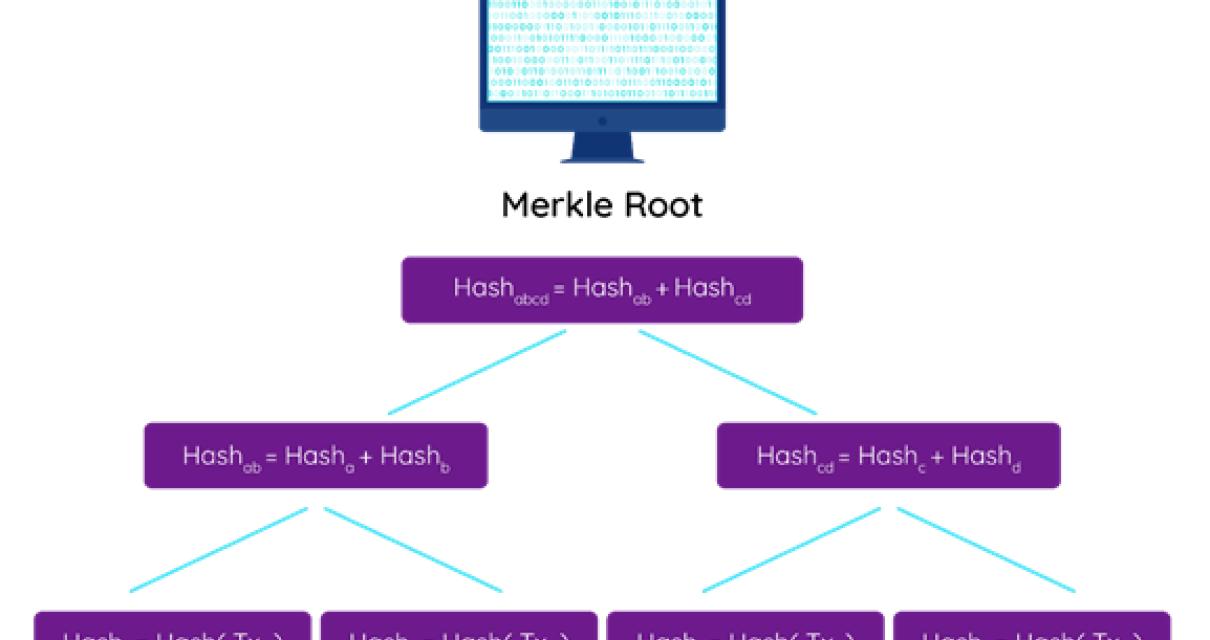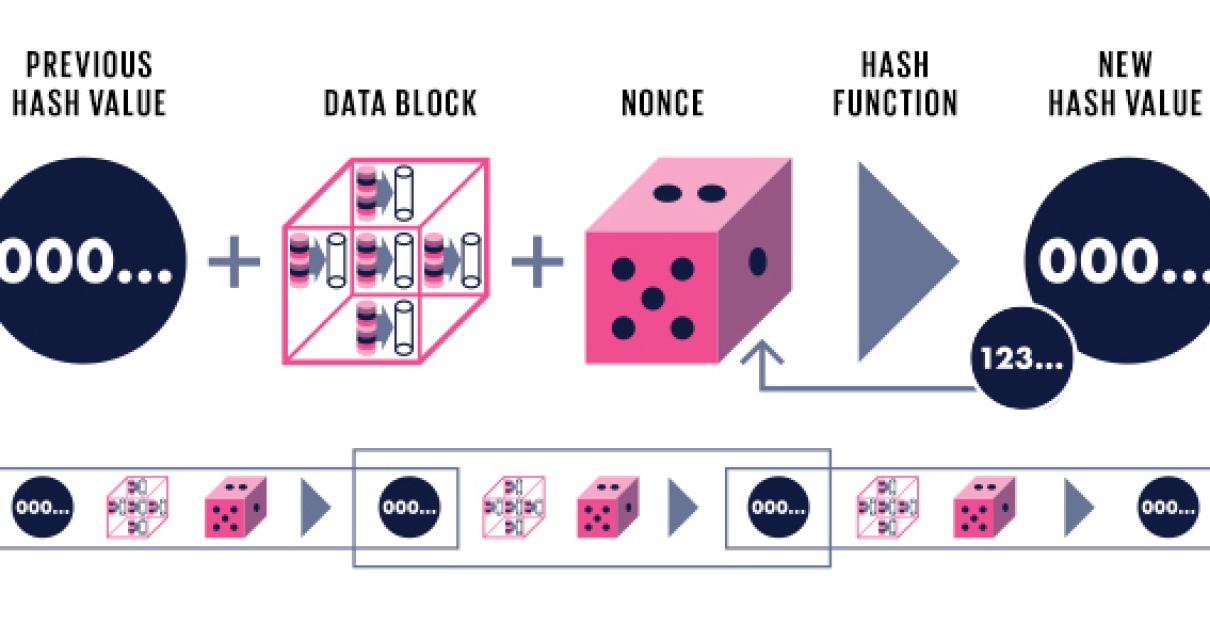What is hashing and how does it work in blockchain technology?
Hashing is a process of turning data into a unique identifier that can be used in a blockchain. It’s essentially a way to turn a list of items (e.g., a file) into a unique number. This number can then be used to identify that file in the blockchain, and it’s also possible to use hashing to verify the authenticity of a digital asset.
How does hashing create secure transactions in the blockchain?
Hashing is a process of transforming data into a unique string of characters called a hash. This string can then be used to verify the authenticity of a digital asset or to prevent tampering. When a transaction is completed, the hash of the asset being transferred is hashed and added to the blockchain. Anyone with access to the blockchain can then verify the integrity of the hash and ensure that the asset was actually transferred.
The role of hashing in blockchain security
Hashing is used in blockchain to help secure the data. It is a process of transforming data into a unique string of characters using an algorithm.
How does hashing ensure data integrity in the blockchain?
Hashing is a way to ensure data integrity in the blockchain. When a new block is created, the hash of the previous block is used to calculate the hash of the new block. If the hashes of the new and previous blocks are the same, then the new block has been created successfully. If the hashes of the new and previous blocks are not the same, then the new block has not been created successfully and an error has occurred.

The importance of hashing in blockchain technology
Hashing is a cryptographic technique used to create a unique identifier for data. It’s used in blockchains, which are a type of distributed ledger technology.
A blockchain is a digital ledger of all cryptocurrency transactions. Each block contains a cryptographic hash of the previous block, a timestamp, and transaction data. Bitcoin, Ethereum, and other cryptocurrencies use hashing to create unique identifiers for their blocks.
Hashing is important because it’s a way to verify the authenticity of a block. Blockchain technology is based on the principle that information can be trusted if it can be verified. Hashing is one way to verify the authenticity of a block.
Hashing is also important because it’s a way to create a unique identifier for data. A block’s hash can be used to identify a block, a transaction, or even an Ethereum address.
How does hashing enable trustless consensus in the blockchain?
Hashing enables trustless consensus in the blockchain because it allows nodes to agree on a set of data without communicating with each other. The nodes use the hashing function to generate a hash value for the data, which is then used to determine whether the data corresponds to a previously agreed upon value.

The impact of hashing on blockchain technology
The hashing algorithm is used to create a digital fingerprint of a block of data. This fingerprint is unique to that block, and can be used to identify it as belonging to that block. When a block is added to the blockchain, its hash is calculated and compared to the hashes of the blocks that have been added before it. If the hash of the block that has been added matches one of the hashes in the previous blocks, then the block is accepted and added to the chain.
The hashing algorithm is a very secure way of identifying a block of data. It is impossible for anyone to tamper with the data in a block without altering its hash, and even if they could, they would not be able to alter the data itself. This is why hashing is such an important part of blockchain technology – it ensures that data is accurately and securely stored on the network, and that it can be identified as belonging to a specific block.